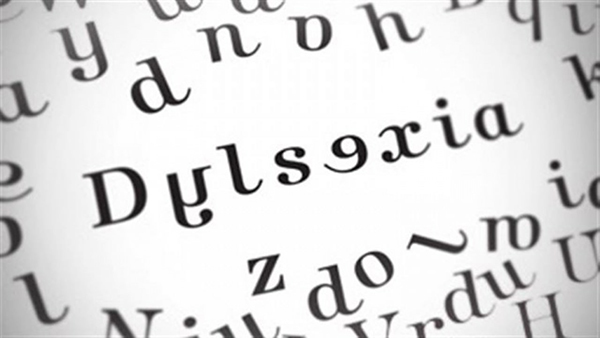According to Reuters, dyslexia is a common learning challenge that many students face, often leading parents to mistakenly blame their children for mistakes they are not aware of. Frequent spelling errors, confusion between similar-looking characters, and difficulties in reading are typically attributed to innate brain structure differences. While training can help improve symptoms, there is currently no known cure.
However, a team of French scientists has proposed a new theory suggesting that the root cause of dyslexia may lie in the eyes—specifically, the eyelids—and they have developed a simple treatment that could offer relief.

In patients with dyslexia, the cone cells in both eyes are arranged symmetrically, causing confusion in the brain.
The Literacy Puzzle Lies in the Eye
Just like the two claws of a scorpion, human eyes also have a dominant and a secondary eye, with most people relying on the right eye as their primary one. When we look at something, each eye receives a slightly different image. The brain then combines these images into one, with the dominant eye contributing a clearer picture while the other provides a slightly less sharp version. This process helps create a single, coherent visual perception.
Normally, the cone cells responsible for processing visual signals are arranged in a circular pattern in the dominant eye and more randomly in the non-dominant one. However, in a study published in the journal Proceedings of the Royal Society B, French researchers Albert Le Floch and Guy Ropars found that in individuals with dyslexia, both eyes show a symmetrical, circular arrangement of cone cells. This symmetry causes the eyes to compete for dominance, leading the brain to produce "mirror errors." These errors confuse the visual system, making it hard to distinguish between similar letters such as 'b' and 'd,' or 'p' and 'q.'

Dyslexic individuals often struggle with recognizing similar shapes and letters.
A New Treatment Using LED Flashes
The issue with dyslexia, according to the researchers, stems from two nearly identical images confusing the brain. To solve this, they suggest blocking one of the images so that only one remains, allowing the brain to process visual information more clearly.
They discovered that when the two images are sent to the left and right hemispheres of the brain, there's a delay of about 10,000 milliseconds. To address this, they developed a high-speed flash of LED light that is imperceptible to the naked eye. This flash helps eliminate the overlapping images, leaving the brain with a single, clear image. As a result, patients can read more effectively and with fewer errors.
John Stein, a professor at the University of Oxford and an expert in dyslexia research, praised the study for shifting focus from traditional visual assessments to how the brain processes input from the dominant eye. He noted that while the findings are promising, the study didn't fully explain why the cone cells are arranged symmetrically in some individuals.
Dyslexia is the most common learning disability worldwide, affecting between 3% and 7% of the population, though some estimates suggest up to 20% may experience some level of difficulty with reading and writing.
Editor: Yan Zhixiang
4Lan Software Router,4Lan Mini Pc,4Lan Firewall Router,4 Ethernet Mini Pc
Shenzhen Innovative Cloud Computer Co., Ltd. , https://www.xcypc.com